Petra is an ancient city in southern Jordan that dates back as far as 400 B.C., although settlers may have inhabited the general region much earlier. The location was chosen by the Nabateans due to its favorable location near major trade routes in the middle east.
The first recorded reference to this Wonder of the Modern World was when the Greek Empire attacked Petra in 312 BC. The Nabateans were able to successfully repel the invading Greeks by using the mountainous terrain surrounding Petra to their advantage. However, the city was invaded again and conquered by the Roman Empire in 106 AD.
Petra began its decline as a major trade center during the Roman occupation, in part due to the emergence of competing trade routes. Further, in 363 AD, Petra was severely damaged by a powerful earthquake. Many buildings were destroyed along with the advanced systems of water management that had been constructed by the Nabateans.
The ruins were re-discovered by Swiss explorer Johann Ludwig Burckhardt in 1812, which was the first time that the western world was made aware of the city's existence. In 1929, Petra was excavated and surveyed for the first time by a group of British archaeologists and scholars.
Today Petra is one of the Seven Wonders of the Modern World and is renowned for its impressive architecture and ancient history. Adding to this fame, the city has also been featured in numerous movies over the years, most notably in the 1989 film Indiana Jones and the Last Crusade.

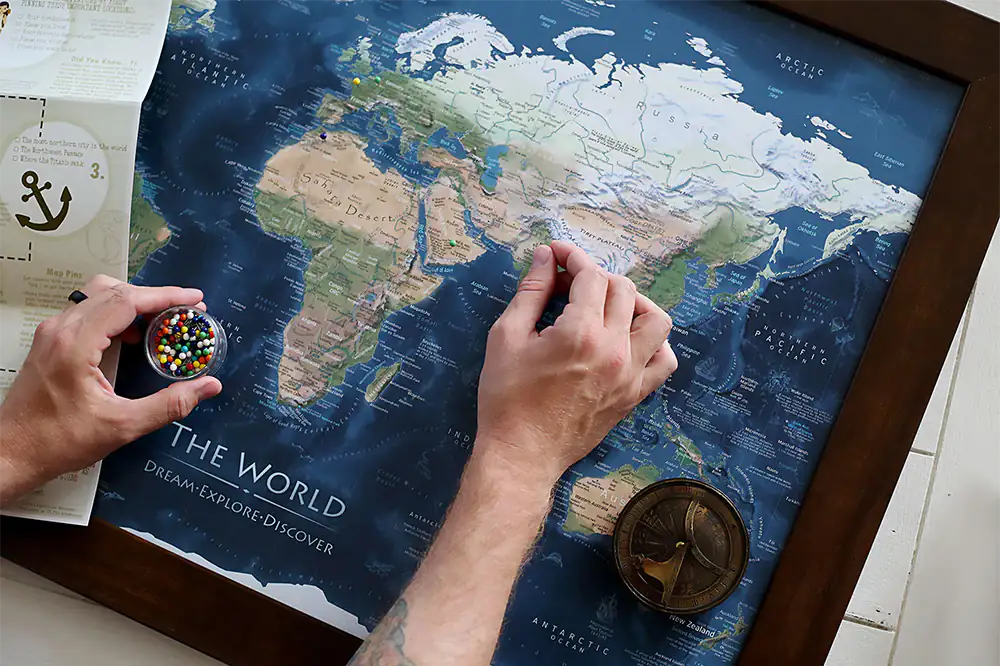


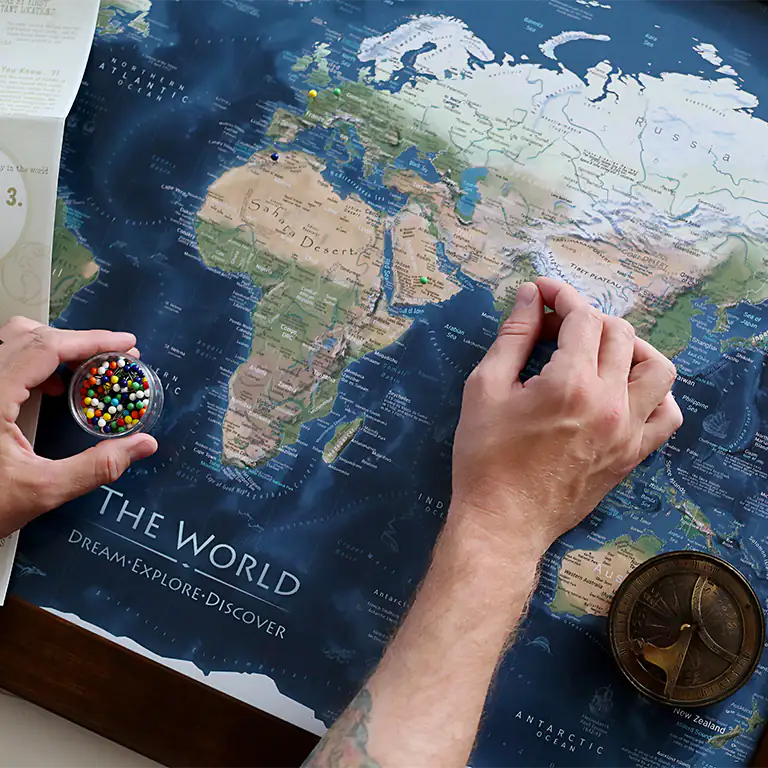
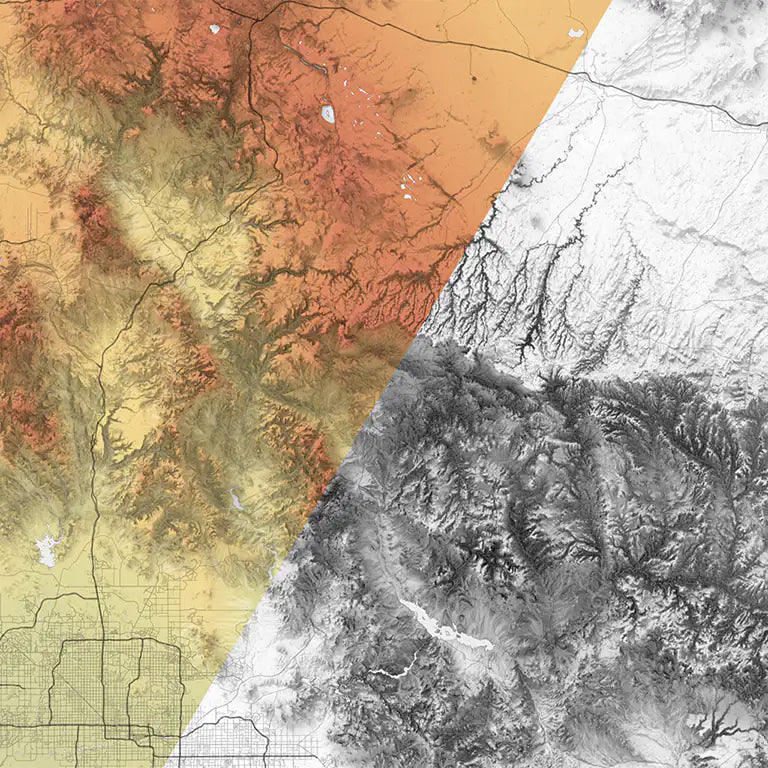


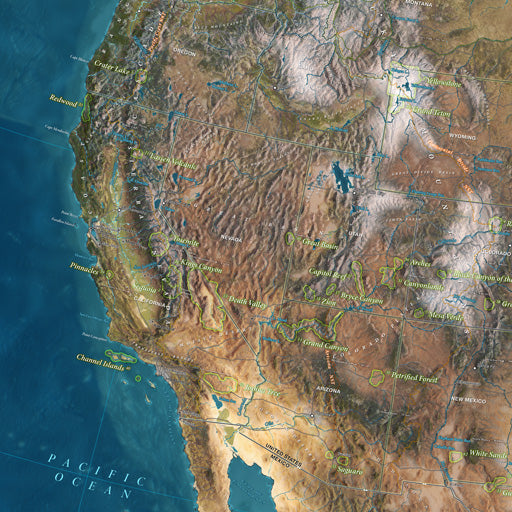
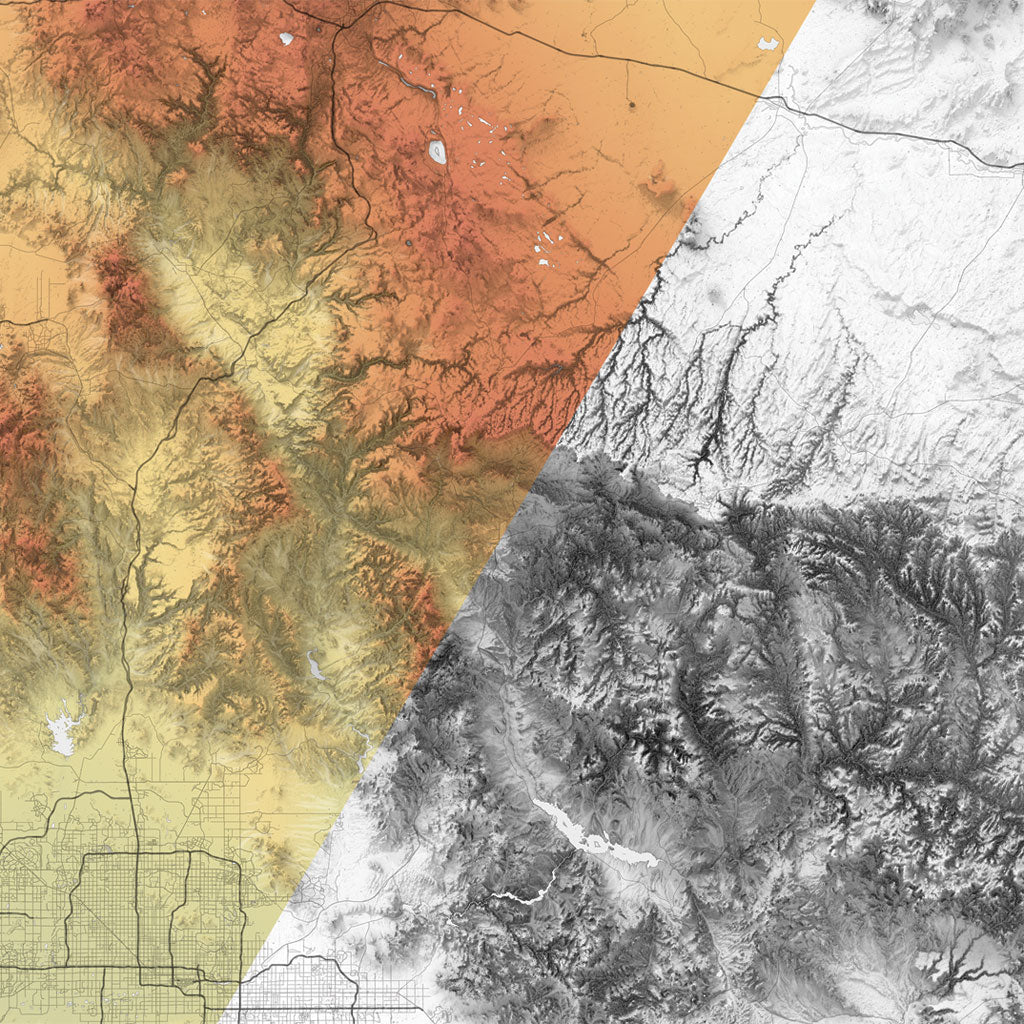


Comments
Good
The most beautiful places
It is a very interesting and useful article. I truly appreciate it.